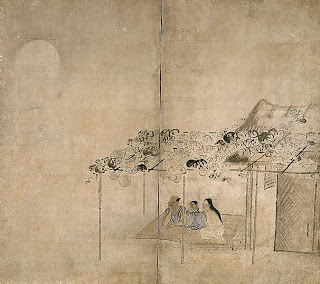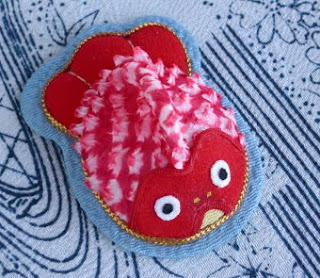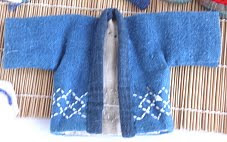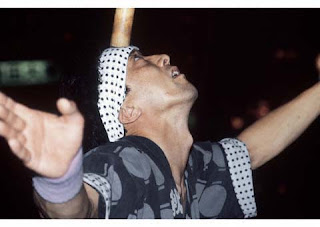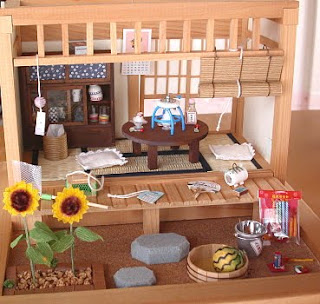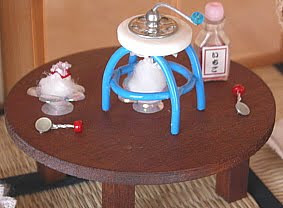Nagasaki Prefecture has over 130 churches. It is related to Nagasaki's history.
Christianity was first introduced to Japan in 1549 by Saint Francis Xavier, a Catholic missionary belonging to the Society of Jesus. Nagasaki became a base for overseas trade after a Christian feudal lord opened a port there in 1570.
However, men of power came to feared that Catholic missionary work could lead to the conquest of Japan and the Tokugawa shogunate banned Christianity in 1612. Christians were persecuted and foreign missionaries were banished from Japan in 1614.
The Shimabara Uprising (島原の乱, Shimabara no ran) was staged against the Tokugawa shogunate in 1637–1638 during the Edo period. Rebels included peasants bearing a crushing tax burden, the persecuted local Christians and the former retainers of Christian feudal lords.The rebellion was quashed and they were virtually eradicated.
Japan completed its isolation policy in 1639 after the rebellion.
Italian Jesuit, Giuseppe Chiara(1602-1685) infiltrated Japan and was caught by the Tokugawa shogunate in 1643.
Sebastião Rodrigues as the character in Shusaku Endo's "Chinmoku(沈黙,Silence)" is modeled on him. In the book, a historical figure, Cristóvão Ferreira(1580-1650) also appeared. Both of them took Japanese names and lived in Japan after apostatizing Christianity under torture.
The story is being made into a movie by American film director Martin Scorsese, but its production is held up due to insufficiency of funds.
I want to see the movie featuring Daniel Day-Lewis and Benicio del Toro even though this story is unlikely to have mass appeal.
Only non-Catholic Dutch were allowed to maintain trade relations at Dejima in Nagasaki.
The surviving Christians went underground. Crypto-Christian is called Kakure Kirishitan(隠れキリシタン). They could have observed their faith without priests for about 250 years due to being extremely well organized, being suppressed several times.
Once a year, they are compelled to trample on a plate with a crucifix or other Christian symbol in order to prove themselves non-Christians. It was so hurting and hurtful for them that they offered one of prayers called orasho(オラショ) to ask forgiveness for their sins. Trampling on it was abolished in 1857.
Orasho(オラショ) is derived from "oratio", a Latin word meaning prayer.
It sounds like Buddhist scriptures, but its words trace its roots to some prayers and hymns in Europe. Orasyo have been handed down from generation to generation. Their descendants also sing orasyo now. Orasyo and its original songs were recorded and we can buy some CDs containing them.
After the isolation policy was lifted, Oura Church (大浦天主堂, Oura Tenshudou) was built by some foreign priests at the foreign settlement of Nagasaki in 1864. In 1865, more than a dozen Urakami villagers professed piety to the French priest Bernard Petitjean.
The Meiji Government newly formed in 1868 adopted a ironfisted policy and over 3600 villagers were banished between 1869 and 1873. They suffered from hunger and torture to convert them to Buddhist. Most of them observed their faith, but the fifth part of them died in exile.
I've been to Tsuwano(津和野). It is a famous tourist destination but was also one of the penal colonies.
Thirty-six out of the 153 banished Christians were martyred for their faith at Otome Pass(乙女峠) in Tsuwano. I heard Otome Pass is known as a Catholic holy site. In 1948, the Memorial Chapel of Mary was built for Christians persecuted and tortured there. I heard that we can see detailed description of the time at the museum attached to the church. As far as I remember, some torture devices were reproduced there. I remember being shocked.
In 1873, Anti-Christian Edicts was abolished. The surviving villagers came back home, Urakami.
Construction of the original Urakami Cathedral(浦上天主堂) through the efforts of a foreign priest in 1895. The cathedral was built on the site of the village headman's house, where hidden Christians used to be compelled to trample on a plate with Christian symbols every year in the Edo Period. The site of the cathedral was a special place for Christians. The cathedral was completed in 1914.
When an atomic bomb was dropped on Nagasaki on August 9th, the Sacrament of Penance was helding at the cathedral.
It was located only 500 meters (1640 ft) away from ground zero of the atomic bomb. So it was completely destroyed, and all of two priests and believers were killed outright. It is said that 8,500 out of the 12,000 Christians in the parish died as a result of the atomic bombing on the day.
In September of the same year, mass were held at the bombed ruins of a hospital and a monastery. On November 23th, the memorial service for the atomic bomb victims took place in front of the bombed ruins of the Urakami Cathedral and about 600 of surviving believers attended the Mass for the dead.
In 1949, the 400th anniversary of St. Francis Xavier's arrival in Japan was held at the ruins of the cathedral and was attended by about 20,000 people.
In 1959, the present Urakami Cathedral was constructed at the ruins of the original.
After the war, there was much debate on what to do with the ruins of the building. Many people said the ruins should be preserved like the Gembaku Dome, but they were removed. It is said that their removal was decided because of the intention of the cathedral's priest and the consideration for the U.S. government. The priest wanted the new building to be located at the same site from historical circumstance.
Although some remains of the bombed-out cathedral have been preserved, many people regret their removal.
In 2007, Churches and Christian Sites in Nagasaki were included on Tentative Lists for UNESCO's World Heritage.
Peace Memorial Ceremony is held in Nagasaki on August 9th every year.
